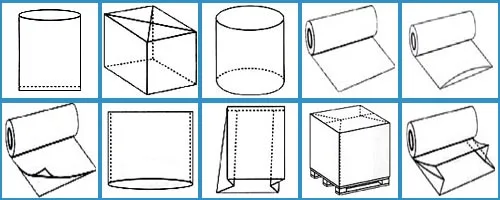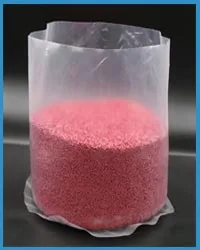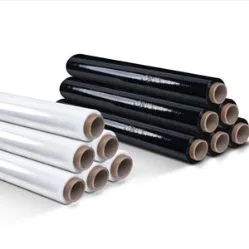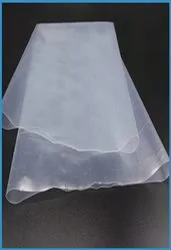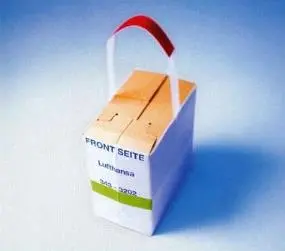Packaging material marked "food safe" or "suitable for food" may be used in direct contact with food without health concerns.
Furthermore, neither the taste nor the smell of the food should be affected by the material.
Are there legal regulations?
There is no official definition of the term "food safe". The "Framework Regulation" (EG) No. 1935/200 of the European Parliament and the Council of the European Union applies to all packaging materials that are used in direct contact with food.
This framework regulation no. 1935/200 states that under normal and foreseeable conditions of use, no or only such small amounts of material components may migrate to the food from the packaging materials that come into contact with food that
1. people's health is not endangered.
2. no unacceptable change in the composition of the food occurs.
3. the taste or smell of the food is not affected.
Incidentally, the transfer of substances from packaging material to food is called "migration".
For all materials such. B. Plastics, foils, rubber, aluminum, polystyrene, paper or cardboard, etc., which can be used as packaging for food, this framework regulation applies.
Which plastic is food safe?
In addition to the framework regulation (EC) No. 1935/200 of the European Parliament and the Council of the European Union, regulation 10/2011/EU applies particularly to materials and objects made of plastic that come into contact with food. This regulation stipulates that the manufacturers of plastic packaging must prove their suitability for food using a migration test.
With a declaration of conformity, the manufacturers of plastic packaging confirm that this corresponds to the legal regulations for direct contact with food. That means all of the raw materials we use have FDA approval.


